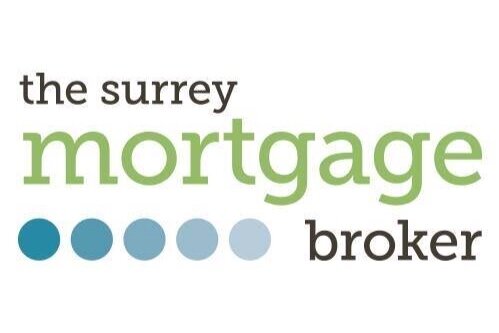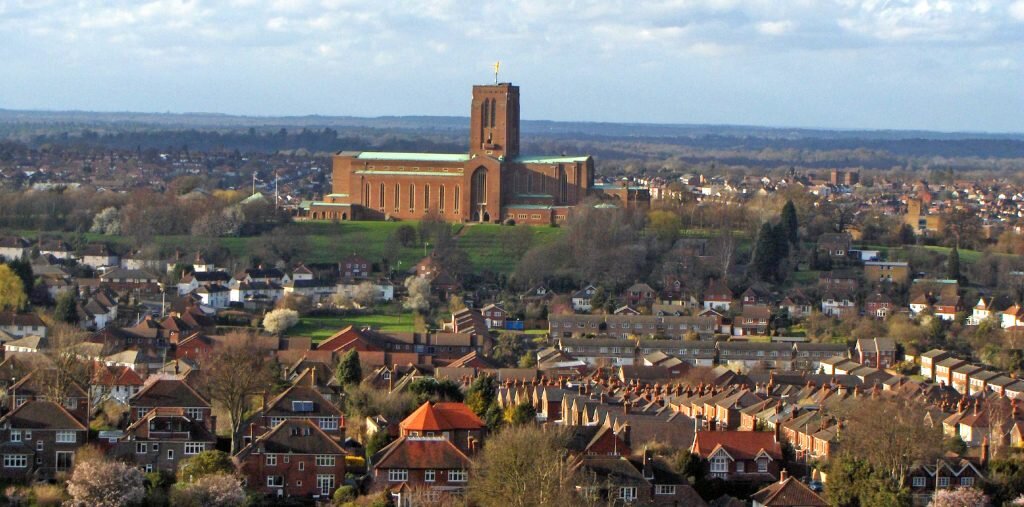If you’re coming to the end of your fixed rate mortgage deal, there are a few options open to you and the route you take will be dependant on your circumstances. Whether you previously fixed for five years or just two, interest rates and mortgage deals can look very different from when you signed your last contract. So, it’s best to explore all your options before rushing into your next agreement.
What should you do when your fixed rate mortgage deal comes to an end?
There are four main options open to you when your fixed mortgage deal comes to an end. These include:
1) Paying the higher standard variable rate
When your fixed rate mortgage deal comes to an end, you’ll automatically be transferred onto the higher standard variable rate if you do not take action. While this may suit some people, for most, it usually isn’t the best option.
The Pros
If you opt to go onto the higher standard variable rate, you’ll no longer be bound by early repayment charges. That means you can overpay your mortgage as much as you like, or even pay it off in full, without facing any sanctions. That’s perfect if you want to clear your mortgage debt quicker or have found yourself in a position where you can pay the rest of the debt off entirely.
There is also the potential that the interest rate will go down. Although, when you initially move onto a standard variable rate mortgage the interest rate is likely to be higher than what you were previously paying, there is the potential that the lender will lower their rates in the future and therefore your monthly repayments will be reduced.
You also won’t be faced with any arrangement fees or other costs involved with securing a new mortgage deal.
The Cons
The main downfall of standard variable rate mortgages is the higher interest rates they are usually associated with. When you first move onto a standard variable rate, you’ll probably notice that your monthly repayments go up.
The flexible nature of the loan means that at any given moment, the lender can put their interest rates up and you may end up with monthly repayments which you cannot afford.
2) Get another fixed rate deal from your current lender
Once your fixed rate mortgage deal has come to an end, you’ll have the opportunity to secure another fixed rate deal from your current lender.
The Pros
By staying with the same provider, you won’t have to pay the fees associated with legal paperwork and valuations. You would’ve already gone through this process when you first secured a deal with the lender, so they’ll already have all the information they need about your property.
It also means that you can secure your new deal a lot quicker. Paperwork and valuations associated with moving to a new lender can take a few months to sort and organise, but you can often secure a new deal with your current provider within a matter of days.
The Cons
The main issue with moving to a new deal with the same lender is that they may not be offering the best deal in the market. You might find that other lenders will be willing to give you deals with much better interest rates; saving you money on your monthly repayments.
3) Get a different mortgage with your current lender
When you reach the end of your fixed rate mortgage deal, you might realise you no longer want to be on a fixed deal. And if the standard variable rate doesn’t suit, there are other mortgage products you could explore such as tracker mortgages, interest-only mortgages or offset mortgages.
The Pros
While the pros of each of these mortgage types will be different, the one thing they have in common is flexibility. Whether that’s no early repayment charges or flexibility on how you save to pay off your mortgage, they tend to be less rigid than fixed rate deals.
The Cons
These mortgage types can change, the interest rate you are paying could go up and so leave you out of pocket. Generally, as well, if you want more flexibility then that comes at a premium.
4) Remortgage to a new lender
At the end of your fixed rate mortgage deal, you’ll also have the option to move to a new lender.
The Pros
The main reason why you might remortgage to a new lender is to secure a preferential rate. Often, a new lender might be able to offer you a better deal than what your current lender can offer you, and you’ll be able to make savings on your monthly repayments.
Other pros include freebies, incentives, and cashback which many lenders now offer their customers to entice new business. For example, they may pay your arrangement fee for you, or give you a sum of money after you’ve completed (often to cover the legal fees).
The Cons
While some lenders might cover arrangement and legal fees for you, others won’t. So, it’s important to check what costs might be involved when making a move to a new lender.
The Next Steps
If you’re 3-4 months out from the end of your current fixed rate mortgage deal, now is the best time to start considering your options. If you want help determining the best route for you based on your circumstances, why not get in touch with The Surrey Mortgage Broker?
We’ll be happy to offer you a no obligation, free initial consultation to help you understand which of these options are open to you, and which would be the best choice moving forward.
You can contact Richard on info@thesurreymortgagebroker.co.uk or call him on 01252 759233.
A MORTGAGE IS A LOAN SECURED AGAINST YOUR HOME OR PROPERTY. YOUR HOME OR PROPERTY MAY BE REPOSSESSED IF YOU DO NOT KEEP UP REPAYMENTS ON YOUR MORTGAGE OR ANY OTHER DEBT SECURED ON IT.
YOU MAY HAVE TO PAY AN EARlY REPAYMENT CHARGE TO YOUR EXISTING LENDER IF YOU REMORTGAGE.








